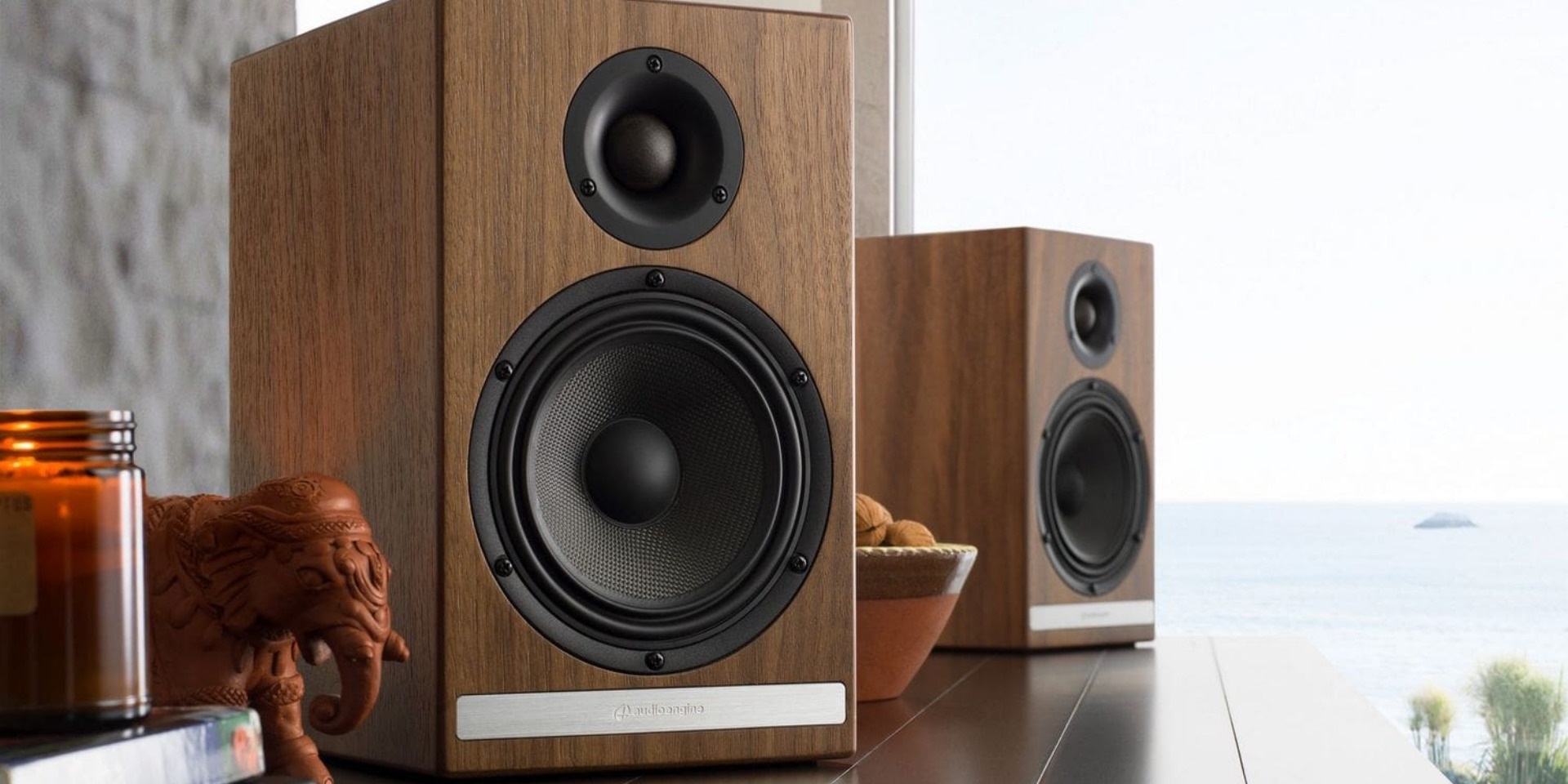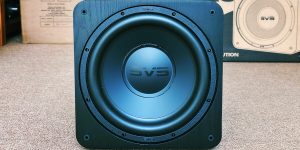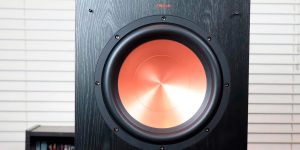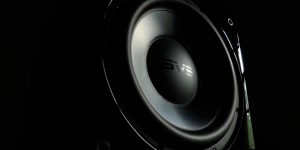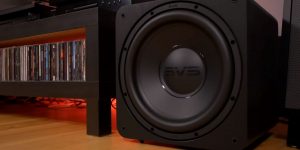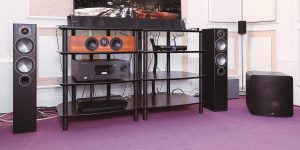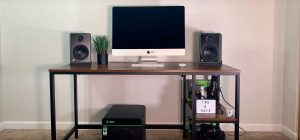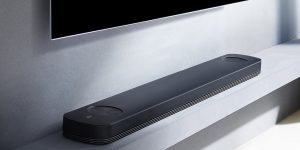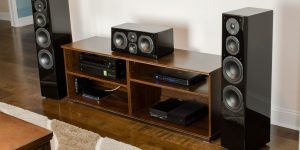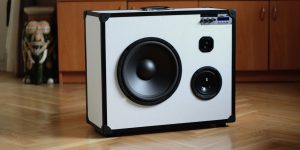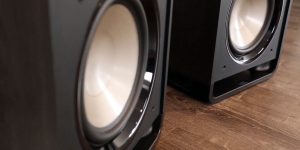A subwoofer is a key speaker system component essential for reproducing deep and powerful bass. Low frequencies (bass) play an important role in creating the right sound atmosphere when listening to music or watching movies. They add volume and create a sense of music and emotion to the reproduction of the rest of the sound spectrum.
Today, there are 2 main types of subwoofers: active and passive. The former has a power amplifier and a special filter that cuts off the sound outside the operating range. Passive subwoofers consist of a housing and a speaker. They require an external amplifier. Passive vs active subwoofer is an eternal debate between experts. Well then, I will try to open the veil of mystery in this matter and tell you in detail about the difference between active and passive subwoofers.
What is a powered subwoofer?
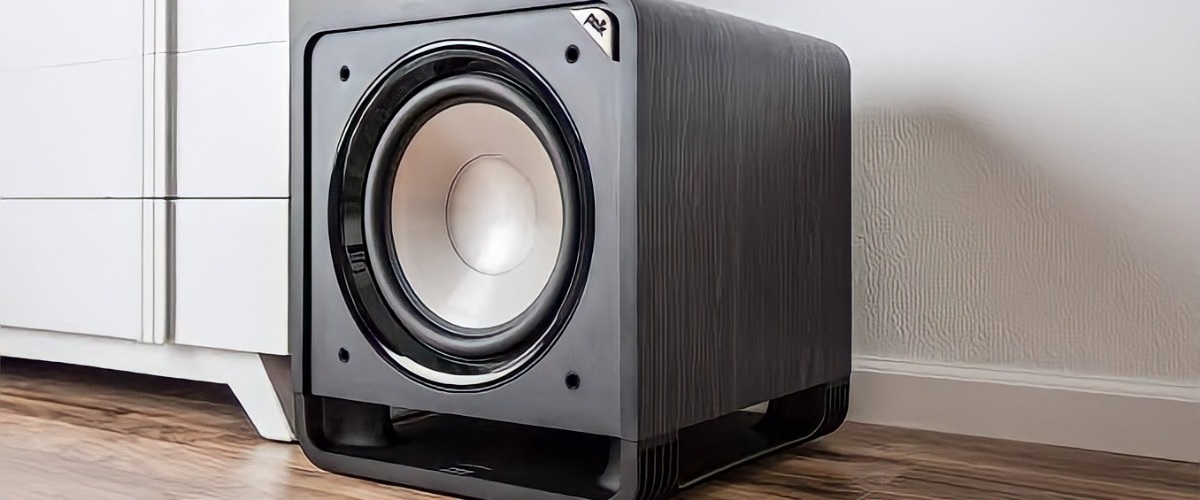
Let’s start with the question, “What is an active subwoofer?”. Its built-in amplifier allows an active subwoofer to operate as a standalone unit. This distinguishes it from passive subwoofers, which require an external amplifier to operate.
An active subwoofer consists of several components that together make it function and reproduce low-frequency sound. Here are the basic elements of its structure:
- Speaker (or multiple speakers): This is the main part of the subwoofer responsible for reproducing low frequencies.
- Built-in amplifier.
- Crossover (low-pass filter): This component limits the frequency range that is fed to the subwoofer, typically letting only the low frequencies through. This allows the subwoofer to specialize in bass reproduction and avoid distortion.
- The enclosure can be made of different materials and have different shapes.
- Active subwoofers have different inputs to connect to the audio system, such as line inputs (RCA), sometimes balanced inputs (XLR), and sometimes high-level inputs to connect directly to the speaker terminals.
- Since the built-in amplifier can generate heat, many subwoofers are equipped with cooling systems to prevent overheating.
- Some subwoofer models are equipped with a protective grille to prevent mechanical damage to the speaker.
Advantages of active subwoofers:
- The built-in amplifier simplifies installation and setup.
- These units are quite easy to operate, as the necessary components are already built in.
- They are usually quite compact in size, as they do not require additional space for an external amplifier.
Disadvantages of active subwoofers:
- If the amplifier malfunctions, the entire subwoofer may need to be repaired or replaced.
- Some models may offer fewer options for customization and personalization of sound.
- The built-in amplifier may generate additional heat, requiring efficient heat dissipation.
- Active subwoofers may consume more power, especially at high volumes.
What is a passive subwoofer?
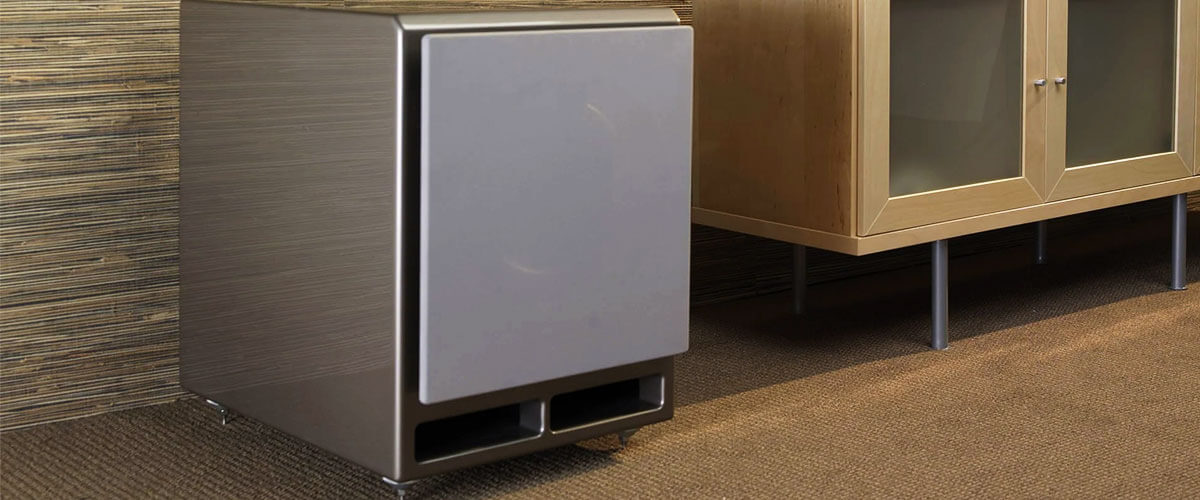
As I said at the beginning of this article, such devices do not have a built-in amplifier, unlike an active subwoofer. This means that a passive subwoofer requires an external amplifier or AV receiver to supply it with signal and power.
Advantages of passive subwoofers:
- You can choose the amplifier that better suits your sound and power preferences. In addition, you can upgrade the amplifier at any time without replacing the subwoofer itself.
- Allows you to match the subwoofer to the characteristics of the rest of your audio system more closely, especially if it already uses external amplifiers.
Disadvantages of passive subwoofers:
- The need for an external amplifier (additional costs and a separate location for the amplifier).
- Requires knowledge and experience to properly set up and connect to an external amplifier.
- More cables are required as signal and power are supplied separately.
Choosing between powered and passive subwoofers
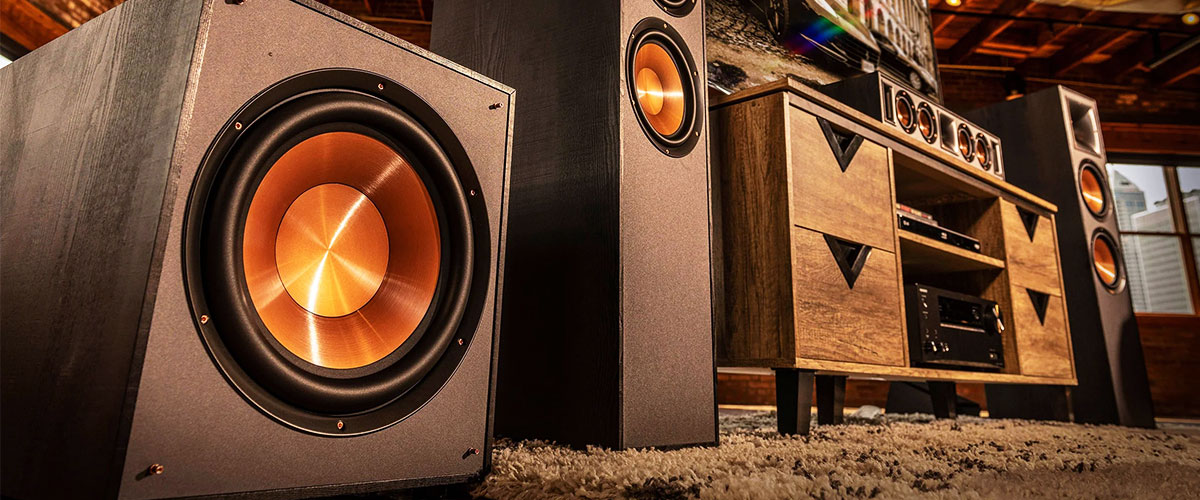
Lastly, I left the powered vs unpowered subwoofer. Let’s start with the most important thing – price. As a rule, the cost of an active subwoofer is slightly higher than a passive subwoofer due to the presence of a built-in power amplifier. However, due to the fact that a passive subwoofer requires a separate power amplifier to be purchased and installed, the cost of equipping and installing a passive subwoofer is higher than an active subwoofer.
Manufacturers try to make the enclosure for an active subwoofer as compact as possible, even taking into account the space for the amplifier. That is, passive subwoofers take up a little more space (although not always), especially since some space is also required for installing a power amplifier.
For the most part, an active subwoofer is used to complement the main soundstage. That is, it introduces some low-frequency component, but there is no appreciable accentuation of it. At the same time, the passive system allows you to achieve the necessary characteristics from the sound of the subwoofer – quality, power, and depth of bass. Although there are quite good active systems, they are all very expensive, negating the above-mentioned advantages of such subwoofers.
You need to decide what you need to make the final choice because there is no perfect option. If price, ease of installation and setup, and maximum ergonomics are important, choose a compact active subwoofer. If quality and power are required, a passive subwoofer is your way to go. We can say that the active subwoofer is chosen by beginners and those who do not care so much about the depth of sound. Passive subwoofers are often preferred by audiophiles and enthusiasts who value flexibility and the ability to fine-tune their sound system.

